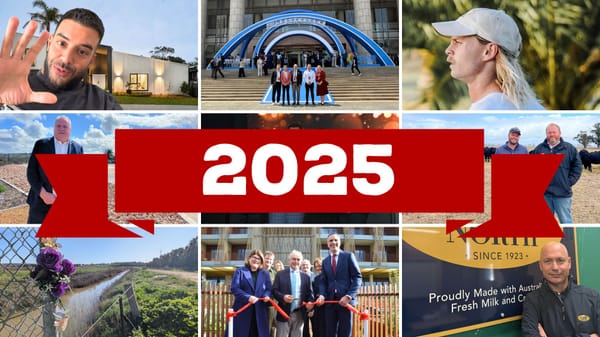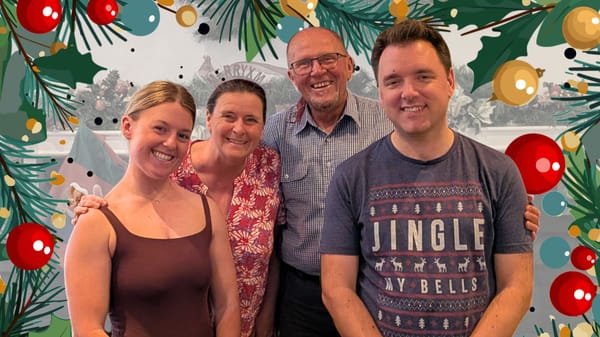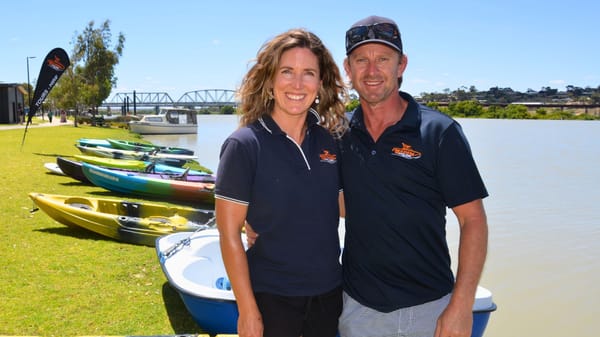SA’s population is growing, and Murray Bridge has a role to play
How will the state government’s housing roadmap, and a federal housing support program, affect our region? And what’s happening at Gifford Hill? We take a look.
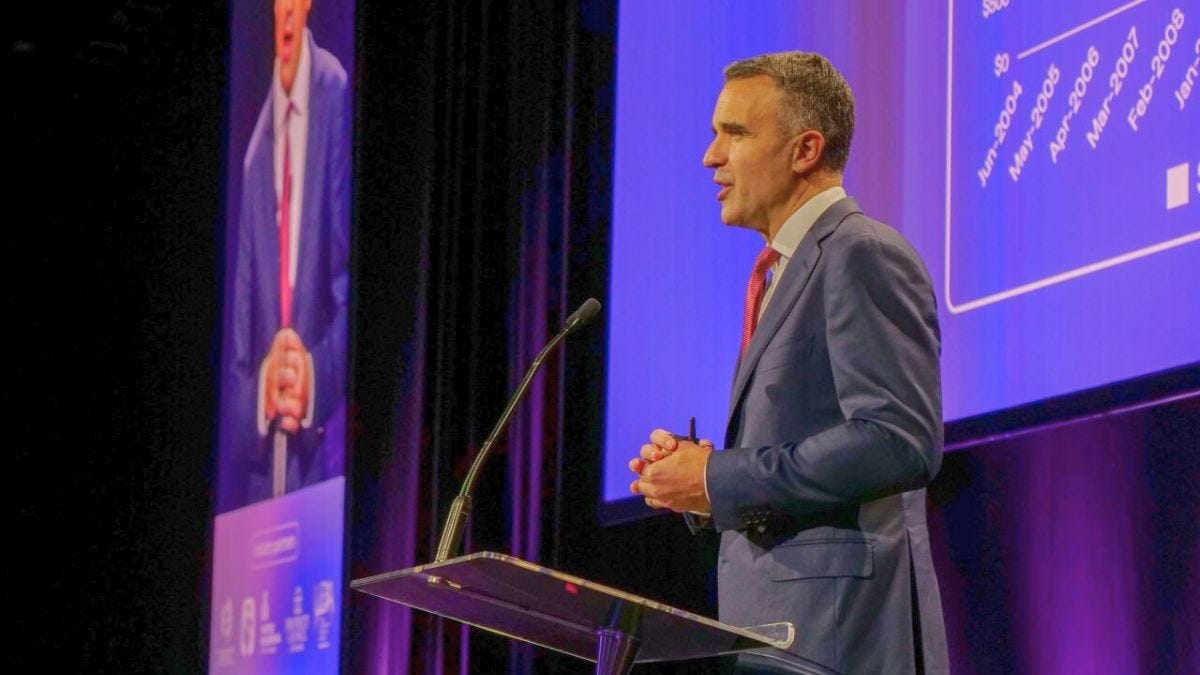
This story is now free to read. Help us tell more stories like this by subscribing today.
When Premier Peter Malinauskas took to the stage at the Adelaide Convention Centre a fortnight ago to talk about “more homes for South Australians”, he was probably facing north.
Northern-suburbs developments like Riverlea and Concordia have received the most attention since the launch of the state’s new housing roadmap.
But Murray Bridge will get a slice of the pie, too.
A plan to open up 100 hectares of residential land in the city’s west is waiting on ministerial approval and ready to go ahead.
At a breakfast in Murray Bridge on Wednesday, Mayor Wayne Thorley hinted that “something bigger” was in the pipeline on the southern side of the South Eastern Freeway.
To support it all, as part of a $1.5 billion statewide investment, the state government has promised to build the pipes, pumps and tanks needed to connect new housing developments in Murray Bridge to mains water and sewage.
To help pay for that infrastructure, all South Australians’ water bills will be increased by around $80 per year.
But developers of new properties will pay less than before: a maximum of $10,000 per allotment, down from around 10 times that.
“For too long, governments have kicked the can down the road when it comes to building water infrastructure,” Mr Malinauskas said.
“We must make the investments now that set our state up for the future.”
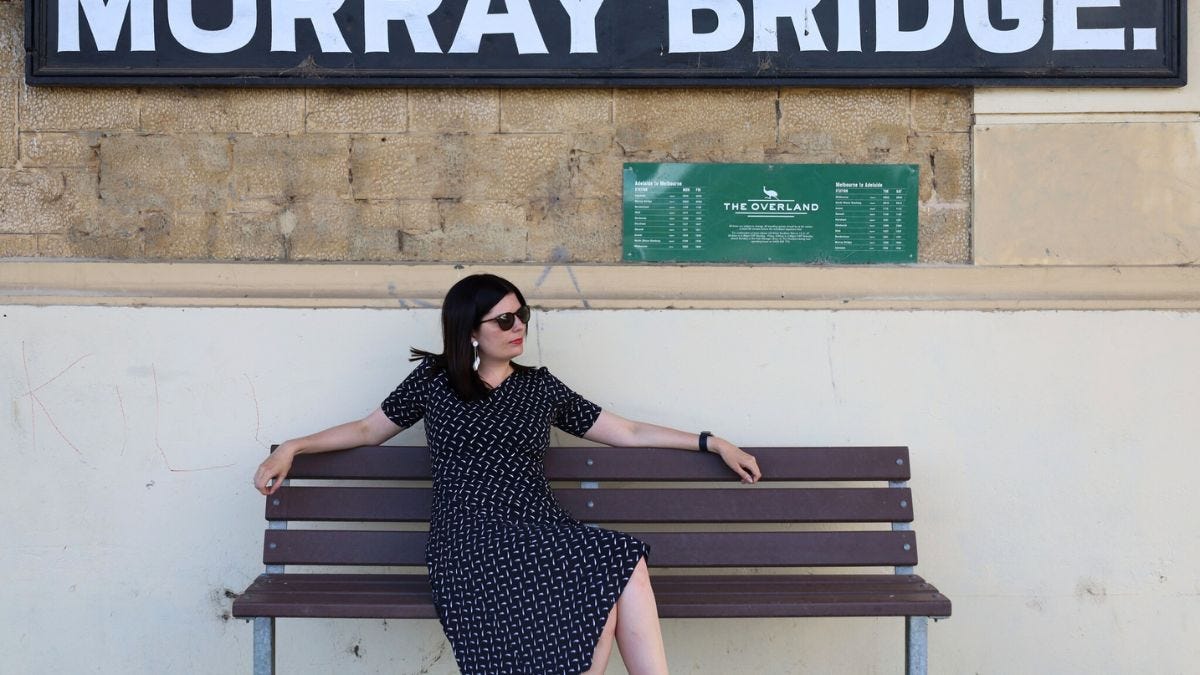
Federal government announces $435k worth of planning support
On Friday, the federal government came to the party, promising another $435,000 worth of funding to the Murray Bridge council for its Future Cities Program:
- A second residential growth area code amendment
- An infrastructure scheme
- A master plan for open space in the district
- A review of smaller townships in the district
The Mid Murray council was also granted $341,000 for a growth strategy which would enable new housing development.
Senator Marielle Smith said the grants would support the planning and development work that was needed to build new homes in the region.
“It’s through programs and investments like these that we can build more homes, more quickly, in more parts of the country,” she said.
“Murray Bridge is a fantastic part of South Australia that just keeps getting better.
“I am proud that, through investments like this, more South Australians will have the opportunity to buy and rent here.”
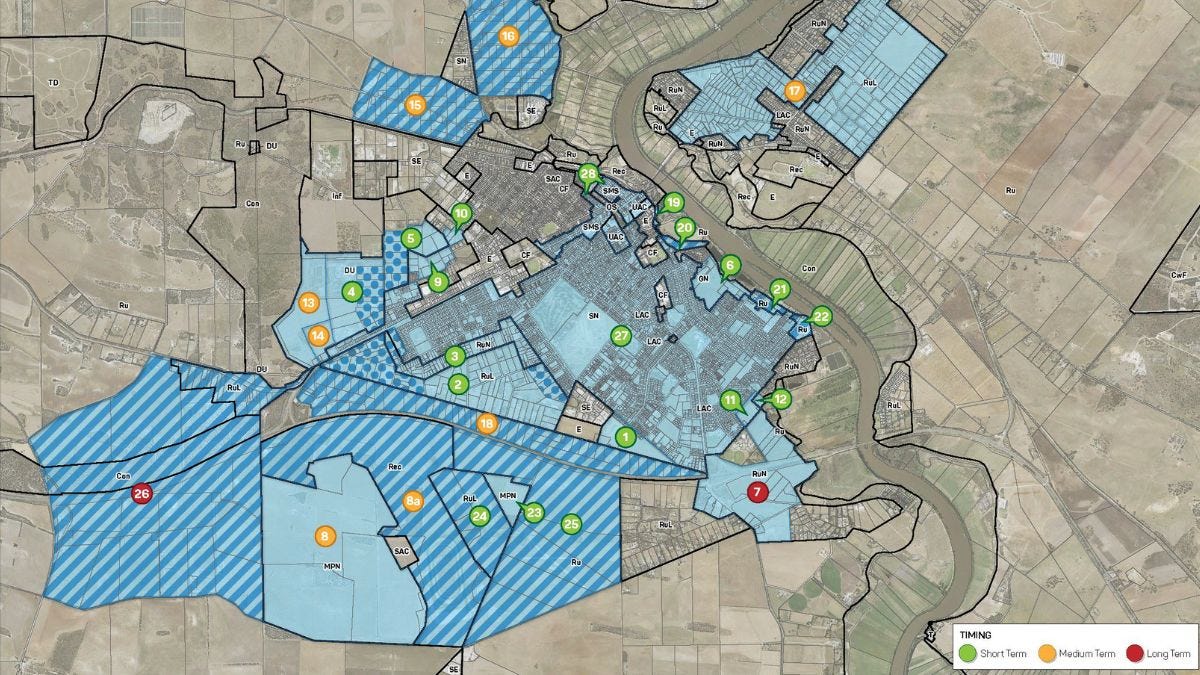
So where will all the new homes go?
Murray Bridge’s population is expected to increase from 23,000 to as many as 39,000 people in less than 20 years, according to a structure plan which the council finalised last month.
An extra 7300 houses would be needed to accommodate them.
Nine hundred will fit in the three parcels of land on the city’s west side which we mentioned before – areas 1-5 on the map above.
Several hundred more will fit in existing housing estates such as Newbridge, Hindmarsh Estate and Narooma Rise.
Even some of the areas marked as long-term prospects on the council’s map – like Swanport Heights, number seven – are already being developed.
The biggest empty spaces are, like Mr Thorley suggested, south of the freeway.
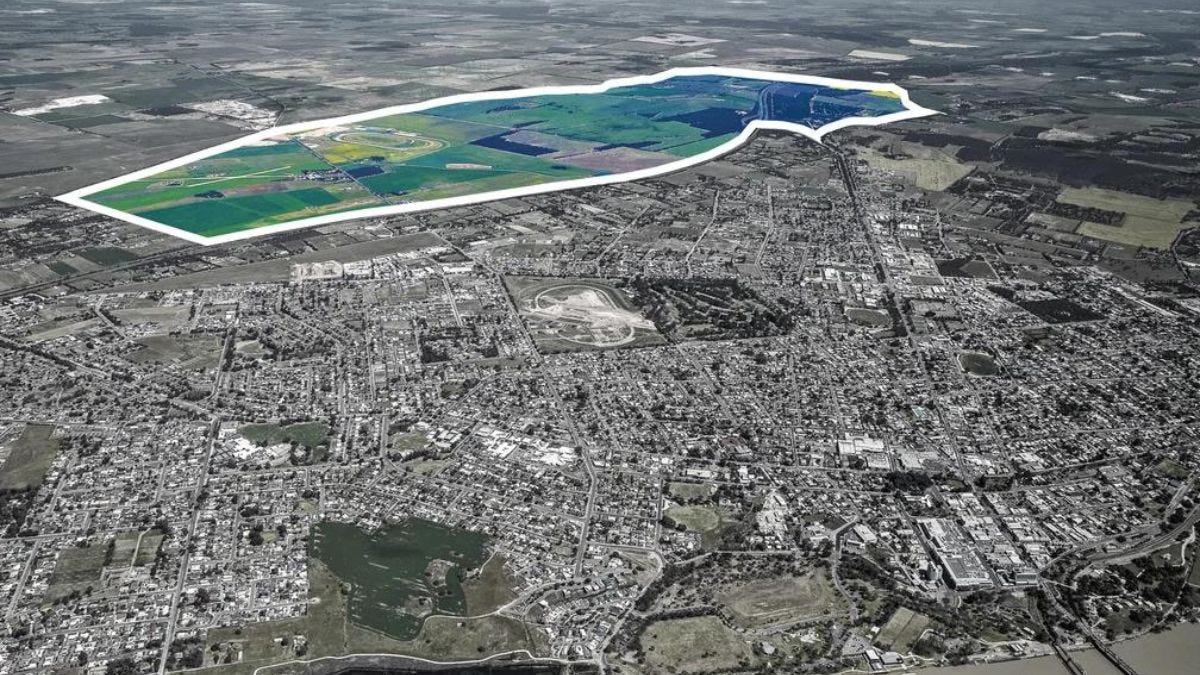
Almost all of the future suburb of Gifford Hill is under the care and control of a company called Grange Development.
The council’s structure plan and Grange’s website suggest that the area could eventually be transformed into a secondary urban centre, crisscrossed with parkland corridors and serviced by a new freeway interchange.
The first stages of development would likely take place along Brinkley Road and in an area to the east of that, between Martin Road and the freeway.
Other areas would follow further down the track, possibly including a town centre of sorts to the west of Murray Bridge Racing Club.
Planning laws would need to be changed to allow much of the planned development to move ahead.
Getting those changes done more quickly – code amendments, they’re called – will be another focus under the state government’s housing roadmap.
Mr Malinauskas boasted that amendments were typically getting done in about 11 months now, down from several times that under South Australia’s old planning system.
New body may gain responsibility for planning decisions
The state government is also encouraging councils to amalgamate their development assessment panels, so new developments can be assessed at a regional instead of a local level.
On Monday night, the Murray Bridge council voted to explore that possibility alongside the Mid Murray and, potentially, the Karoonda East Murray and Southern Mallee councils.
Coorong councillors have voted not to join in with the plan.
- More information: www.treasury.sa.gov.au.
- Read more: Could Gifford Hill be the next Armstrong Creek?
- Read more: New R-12 school, main street changes and more planned in Murray Bridge



